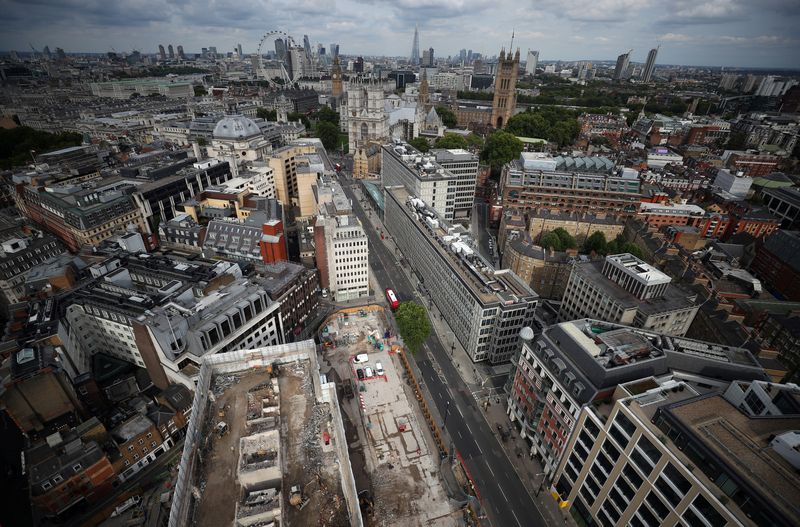While rates have fallen from peaks above 6% for a typical two-year mortgage this time last year, they remain above 5% – far higher than their level before 2022, when interest rates started to rise sharply.
The report from the Institute for Fiscal Studies, funded by the anti-poverty Joseph Rowntree Foundation charity, showed the rise in borrowing costs had hurt more people than widely assumed because of limitations in official household income data, which applies a single average interest rate to all households.
“This has led to the headline statistics understating the number of people in poverty, something set to get worse in next year’s data,” said Sam Ray-Chaudhuri, research economist at the IFS.

“Poverty rises have also been understated due to the unequal impact of inflation,” he added.
Inflation peaked at 14.3% for households in the bottom decile for income, compared with 11.3% for those on the highest incomes, according to data from the Office for National Statistics.
To read the full article, Click Here

